“Mindset” Needs a Direction
Nathan Wagar
Definitions and context are everything when we discuss a topic that has a low margin for error. One of the current buzzwords in the personal protection and tactical industries is that of “mindset.” To be sure, neither coach nor practitioner can ever hope to have seriously studied the issue of not just surviving, but effectively dealing with the totality of a violent altercation, without in some way addressing the issue of the mental aspects of performance.
The military does this through the course of a hard, adaptive lifestyle combined with a quite vocal ethos that mutually reinforce each other into the idea of the hard, driven man. The civilian often does not have this experience built into the structure of his lifestyle, and so he needs a bit more specificity on exactly what the mental game is, and how to best train it during his short training sessions.
What is the mental game?
I would submit a rough definition of the mental game as: A positive and negative mental methodology that allows the body to perform as trained, in the service of proximate and distal goals.
There is a lot of technical jargon in there, so let’s break the definition apart into some manageable chunks.
1. Positive and negative mental methodology
There are ways to accomplish things both by positive or outward exertion, or by omission. I can use positive mental efforts in the sense of actively motivating myself to perform, and by contrast I can also “get out of my own way” by trying to minimize distracting thoughts and allowing my body to perform as I have trained.
2. As trained
This really can’t be stressed enough. It is a cognitive fact that you cannot hope to reliably perform something that you have no connecting mental concept for. Considering that our mind and body is an intimate whole, knowing how to perform in a complex system and actually being able to do it without having trained it is a tall order as well. An important component of mental game is knowing what you are capable of, as well as what you are not, and finally what you need to be capable of, because this leads to our next point.
3. Proximate and distal goals
Reality as a complex system tends to have a static, or slow moving aspect, as well as a dynamic, variable aspect in the short term. Think of the slow moving undertow of a river compared with the quicker moving rivulets that move around rocks in the shallows. Strategies that work in the short term do not always carry over to the long term, but both sets of strategies need to inform each other and work together.
Think of the proximate, or short term goals, as spirals of decision making and split second reactions, that need to nevertheless be directed toward an ultimate outcome. In the old Warner Brothers cartoons, the Tasmanian Devil may have been spinning around like a tornado, but he had an ultimate destination in mind.
Putting all this together:
Many of the discussions on mindset think of it as a mental component that is tacked onto a given aspect of a violent encounter. Some systems assume the broader context, such as Krav Maga assuming the appropriateness of military force options, and then treat a specific physical encounter accordingly. Mindset, in this case, is relegated to a certain aggressive intent manifesting itself in maximum damage delivered to the attacker. This can be parsed apart and qualified, but is a serviceable enough example for our purposes.
The choice of Krav Maga is not arbitrary, because it assumes the military mindset that already carries several presuppositions and preconditions along with it. The military not only has an indoctrinating lifestyle and battle drills for the immediate moment, it also has the static system or distal goals of the mission itself. Assuming a lethal force mission context, attempting to throat stomp a freshly down threat is a quite logical thing to do, providing it adheres to the system rules of the Geneva Convention.
Many people do not pay due diligence to this absolutely critical difference. The reason why everyone from elite athletes to military members can speak coherently about mindset is that they know their chosen performance arena and parameters. This is true in the short term, as well as the long term. A soldier may be displaying fantastic “mindset” while performing an aggressive clear on a center fed room during a raid. However, if the mission dictates that he should have been in another building, with binoculars pulling over-watch rather than kicking in the front door, then this would be called “foolish” instead.
Mindset is not just a mental component that is added on; it forms, drives, and critiques your decision making and physical techniques. This means that abstract concepts are not just a mere PowerPoint presentation, they actually form the backbone for everything you do. Your ethical use of force ladder is itself a mental concept that serves as a reference point for determining how you think, and therefore act. Otherwise, “mindset” is a nebulous, and potentially meaningless term.
Now that we have an idea of the game, we can determine how best to train and perform according to the “system rules.” I, for instance, follow and teach basic natural law ethics for personal protection, and so performing acts of violence that violate that “system rule set” is using a completely different mentality than what I consider appropriate. That may be mindset, to be sure, but the problem is that it isn’t the right one. Mindset is what achieves performance, which can only be determined by goals. Mindset that takes us away from our goals is not mindset.
In the short term spirals of decision making, my techniques need to ultimately lead me through my force ladder to a desired distal goal. James Bond may be going up a ladder to the rooftop, and have a villain grab his foot from below. He may have to go up and down a bit on the ladder as he fights off the villain, but his goal is always upward.
My escalation of force ladder places de-escalation as superior and therefore primary to engagement in the directional flow, and so if I get the opportunity to de-escalate appropriately and choose instead to continue violence, I am not displaying mindset.1)There are exceptions to this of course, but that is beyond the scope of this article. In fact, I am applying aggression out of appropriate context, and this calls into question my thought process or “system rules” that brought about this behavior to begin with. Sociopathy, perhaps? A discussion for another time.
As we can see, the abstract, slow moving, distal goals or “system rules” help inform the short term goals. This is not merely a one way street, however, our short term goals can influence the long term model as well. Perhaps I am not physically capable of certain actions, or I have psychological issues that prevent certain force options. James Bond may have gotten stabbed in the leg while fighting the villain on the ladder, and he can’t go up. Now his force option is to discontinue engagement and escape through the nearest window of the building. The blueprint must be adapted accordingly within already existing parameters, and only frequent training within both parameters can let you know how and when this must take place.
I can’t know what I am capable of in the short term spirals until I train them in context of the distal goals, and then reassess the entire performance model. If this is not done, then your fearsome “mindset” may be applied to an option that has a low, and therefore suicidal success rate. That isn’t mindset either, that’s just stupid.
In conclusion, mindset is a funny thing. You have to know what it is, to know what it’s for, to know what it is. That’s the nature of a complex system. Take into account the abstract rules of the game in the long term because they dictate performance parameters. But when performing, these parameters can change according to capability. Knowing where the mental line is between what we are capable of and what we have actually trained to do is a debatable topic, and no answer will be found any time soon.
That being said, we can at least agree that once there are goals to work toward, failing to pursue them is not mindset. An emphasis placed on sheer can-do aggressive intent is only, and I do mean only, to be considered worthy and admirable when it is attempting to make up a performance deficit in service of a directed goal that must be obtained, not merely a short term goal that can be attained.
References
| ↑1 | There are exceptions to this of course, but that is beyond the scope of this article. |
|---|

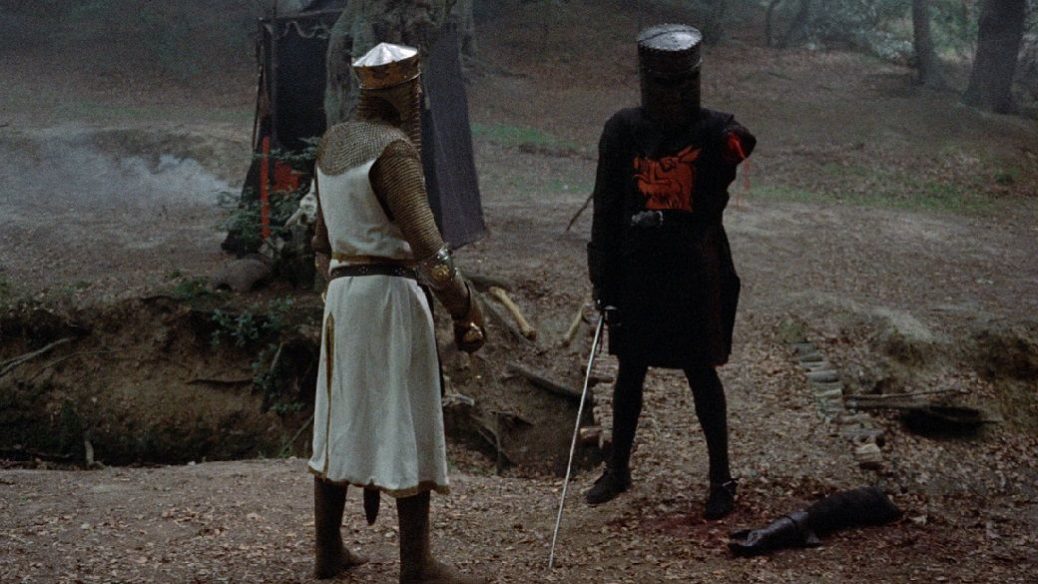
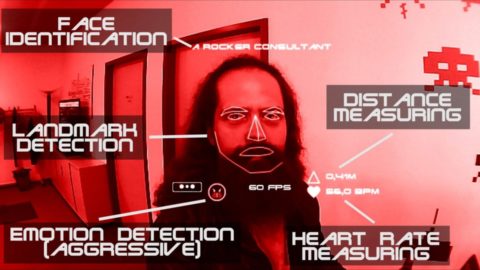

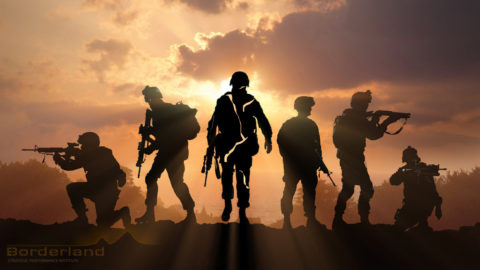
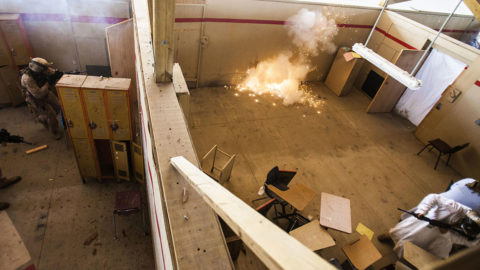

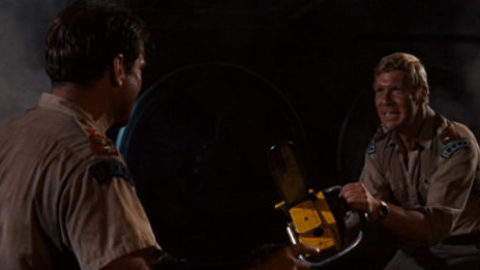

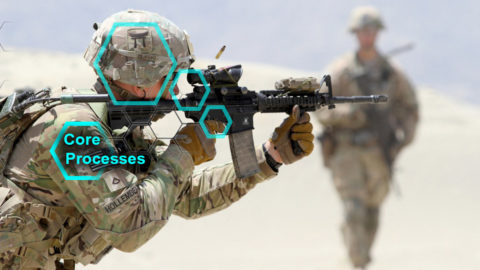
 Rob Brotzman
Rob Brotzman  Nathan Wagar
Nathan Wagar